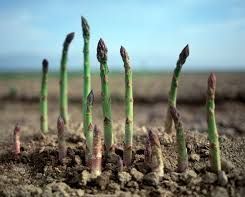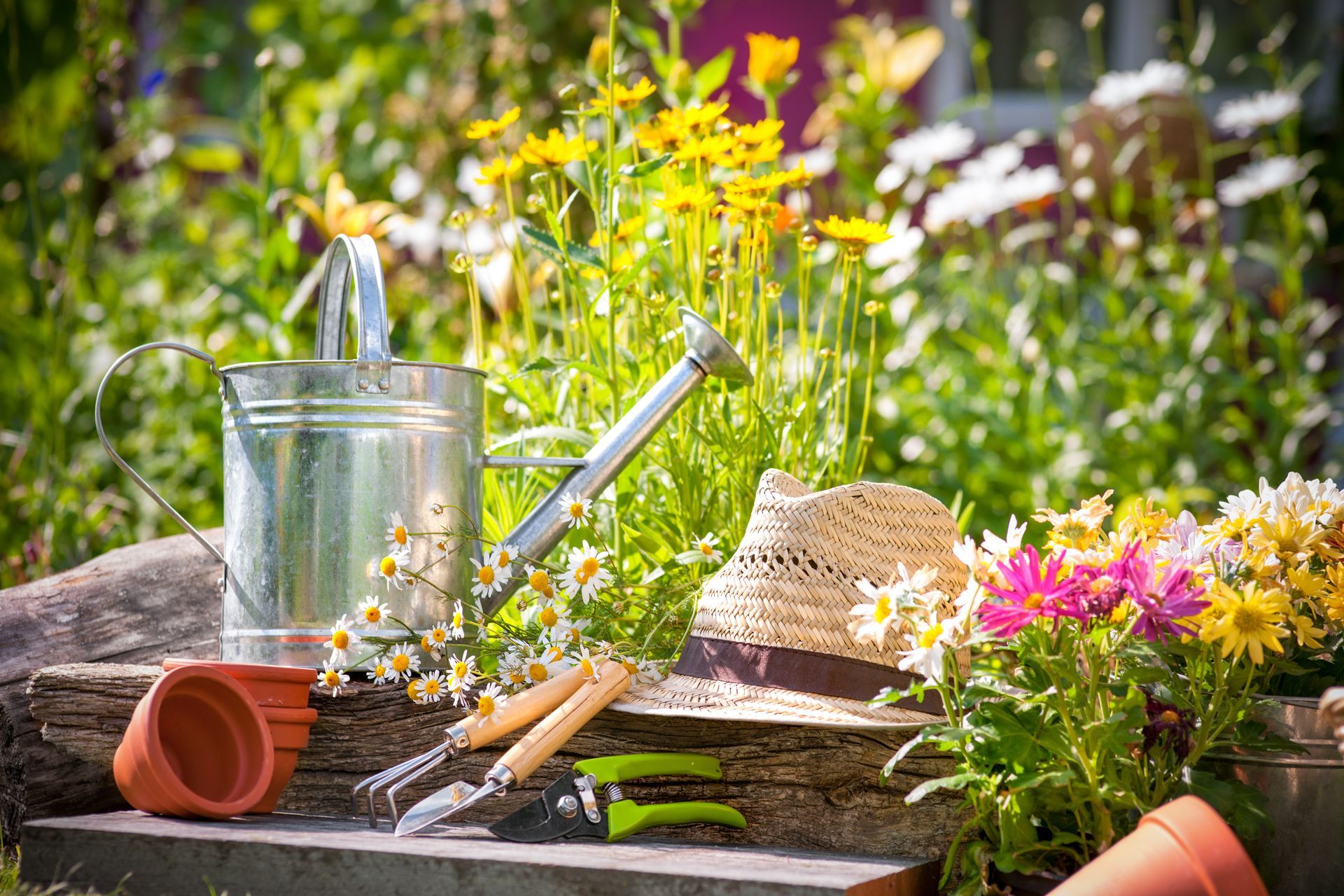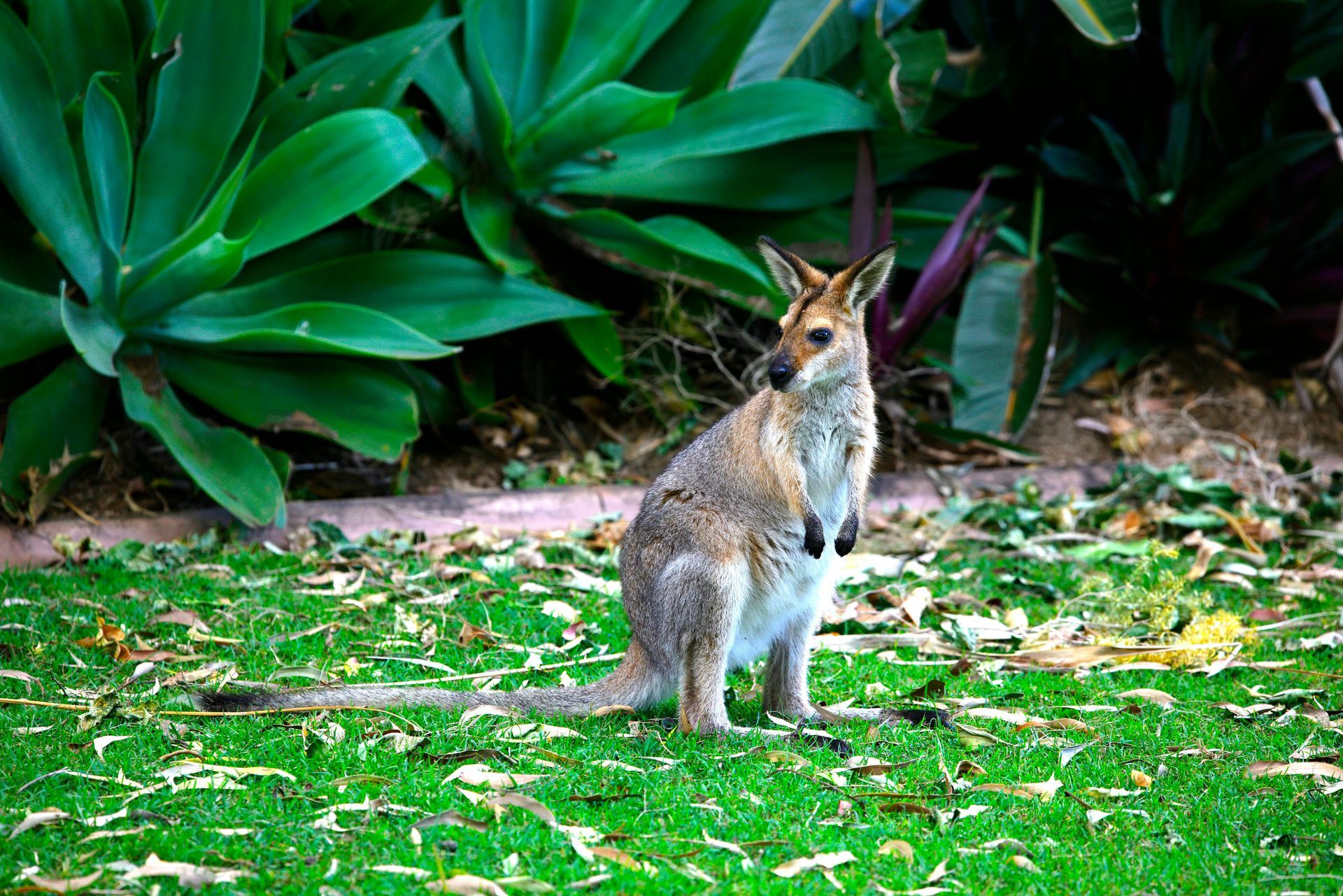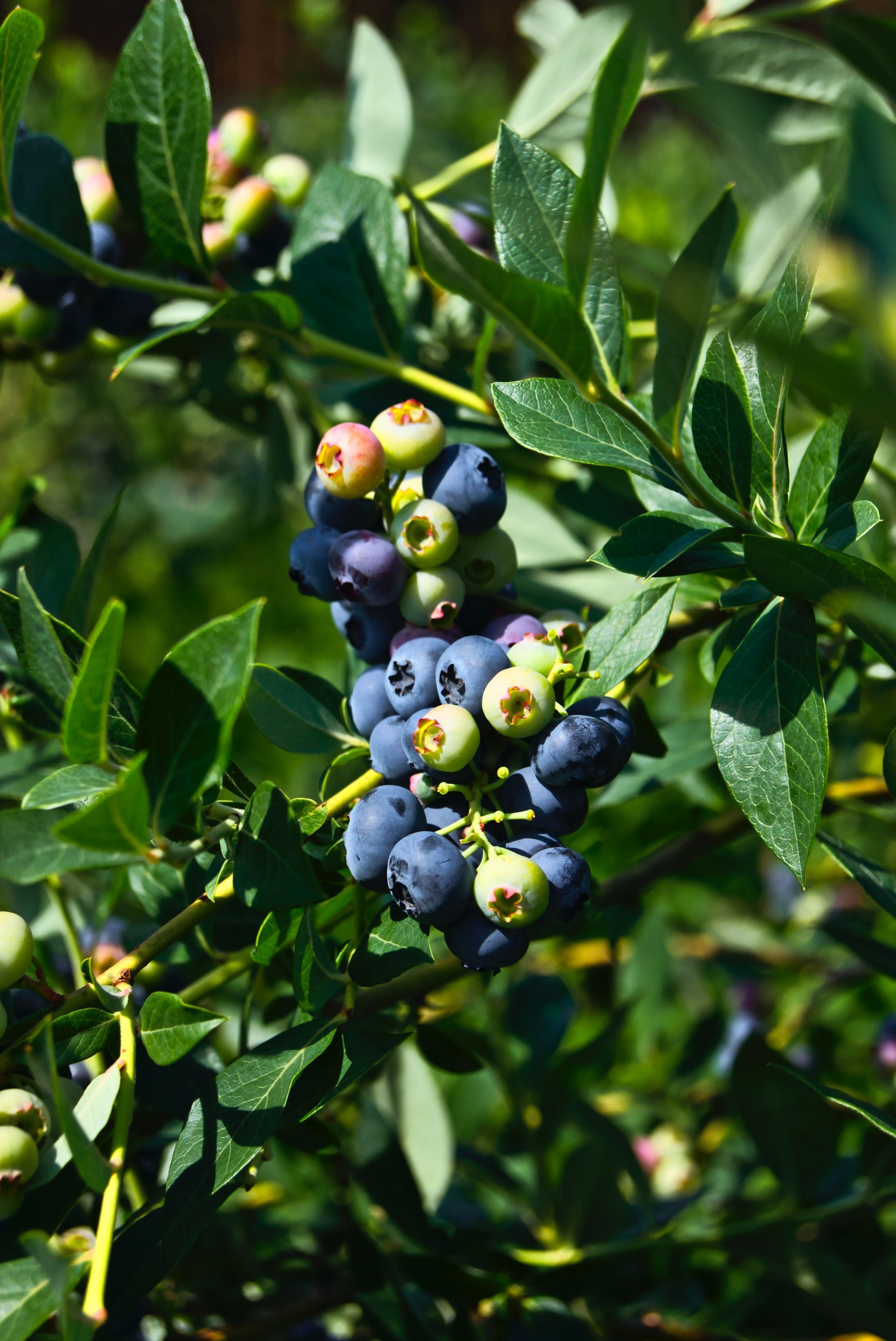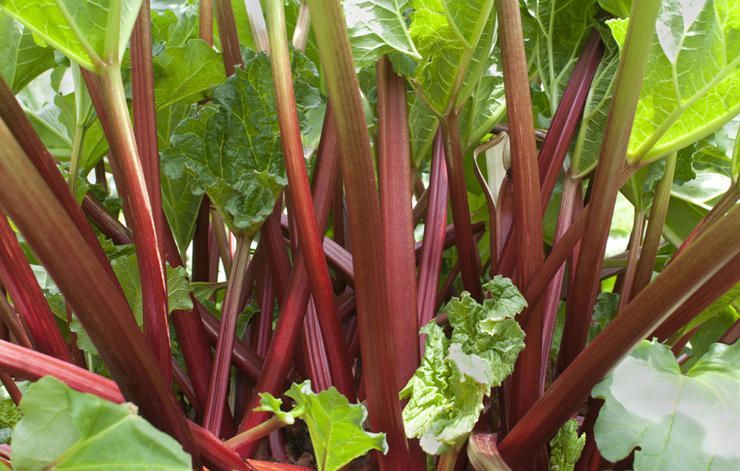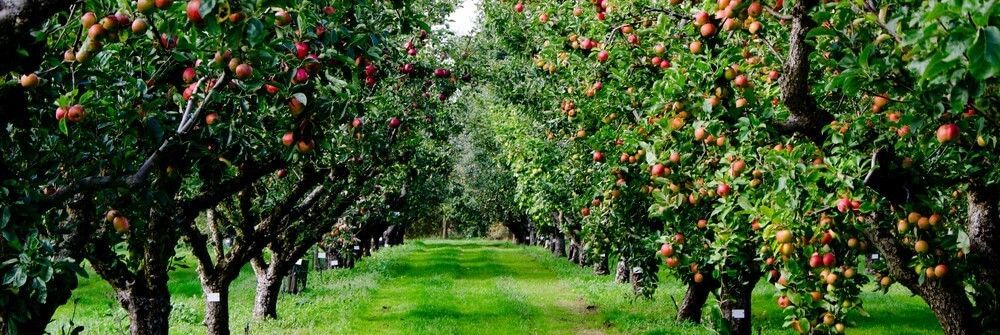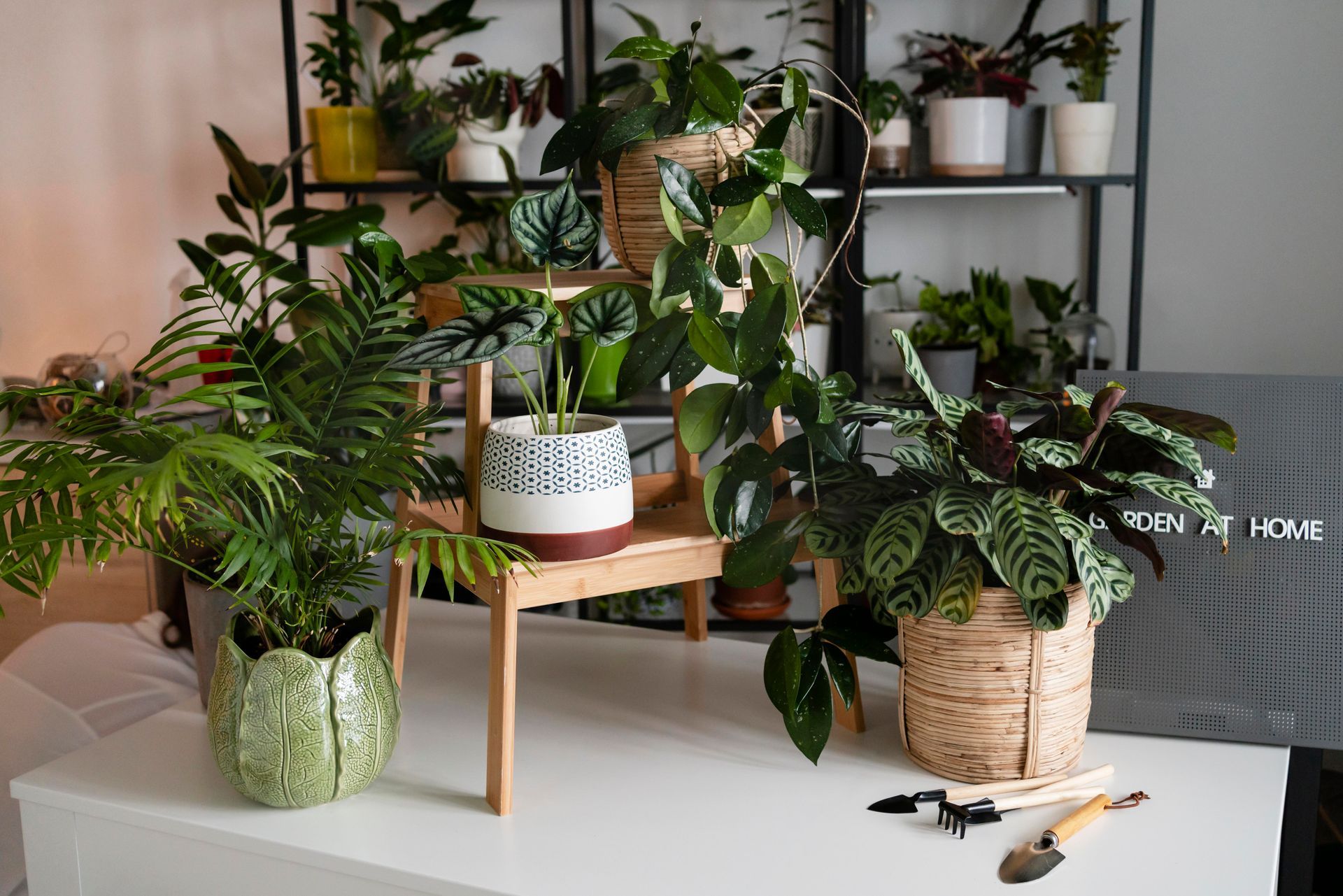Asparagus is a springtime favourite, prized for its tender spears and distinct flavour. While it may take a few years of patience before you enjoy your first harvest, the payoff is a bountiful crop that returns year after year with proper care. Whether you're new to growing asparagus or looking to refine your technique, here's everything you need to know to cultivate this perennial delicacy successfully.
Starting Out
Although asparagus can be grown from seed, most gardeners opt to plant two-year-old crowns in winter for quicker and more reliable results. These crowns are typically from male plants, which are more productive and yield consistent crops.
One of the most common and dependable varieties available is Mary Washington.
Preparation
Choose a sunny location with well-drained soil. Asparagus thrives in rich, fertile beds that are high in
organic matter.
Avoid areas that remain soggy during winter - excess moisture can lead to crown rot.
To prepare the bed:
- Clear the area thoroughly of weeds.
- Dig in plenty of
compost and/or well-rotted
manure.
- Ensure excellent drainage to protect the crowns.
Planting Crowns the Right Way
- Create trenches about 30cm wide by 15–20cm deep along the row.
- Form small mounds of soil at the bottom and spread the roots over them.
- Plant crowns 30–50cm apart to give them ample room to grow.
- Start by covering the crowns with 5–7cm of soil. As the shoots emerge, gradually fill in the trench until it’s level with the ground.
*
Important:
Be careful not to cover the new shoots completely as they begin to emerge.
Care and Maintenance
Keep the soil evenly moist, particularly in the first two years while plants establish. Add a thick layer of
mulch to retain moisture and suppress weeds.
Feed generously with a
high-nitrogen fertiliser throughout summer to promote healthy fern growth. Once the fern turns yellow in winter, cut it back to ground level and fertilise again in late winter to boost spring regrowth.
TOP TIP
Hilling Up for White Spears
To produce highly prized white asparagus (it makes the most delicious soup!), mound soil 25–30 cm high over the rows in winter. As the spear tips begin to break the surface, cut them about 15 cm below the soil line. The lack of sunlight prevents chlorophyll development, resulting in pale, tender spears.
Varieties to Try
- Mary Washington: A classic, reliable green variety commonly sold in nurseries.
- Purple Asparagus: A vibrant purple variety packed with anthocyanins. Best enjoyed raw or lightly cooked to preserve its unique colour (overcooking turns it green).
Growing asparagus requires time and care, but the reward is a low-maintenance perennial crop that delivers delicious spring harvests for up to 20 years. With the right preparation and a bit of patience, you’ll be serving up fresh, homegrown asparagus that far outshines anything store-bought.
Happy gardening!


